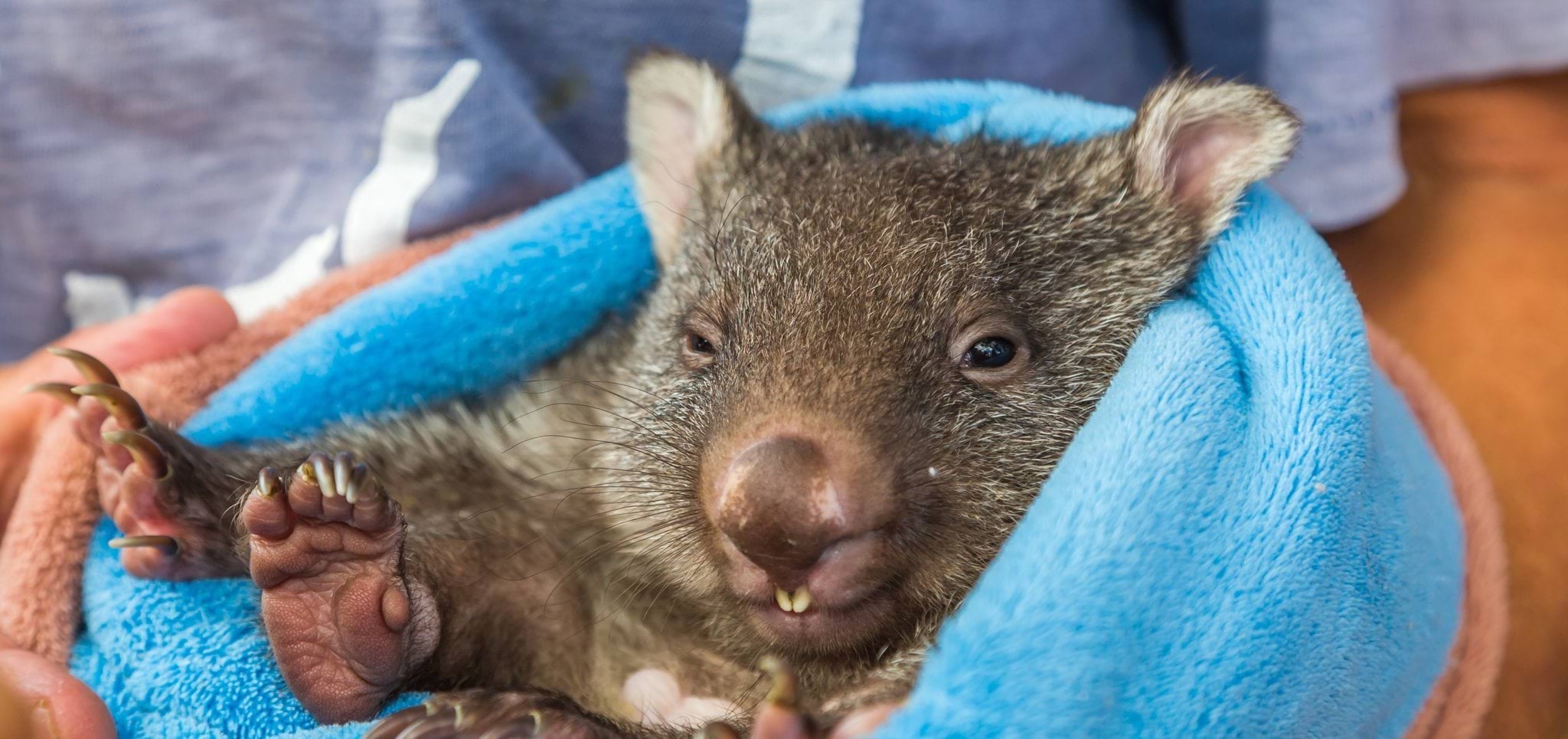Wildlife must be assessed as soon as practicable to enable early diagnosis of their care needs. This is a condition of wildlife rehabilitation authorisations. Wildlife are highly stressed by human contact, and minimising the time spent in a clinic or other care setting is likely to improve rehabilitation success.
It is up to the veterinarian to determine the best course of action for treating sick, injured or abandoned wildlife, including prescribing medication or euthanising wildlife if necessary.
It can be beneficial for registered veterinarians that don’t treat wildlife regularly to seek expert advice or second opinions when needed, such as from wildlife veterinarians or animal keepers at zoological institutions.
Only registered veterinary practitioners can undertake surgical treatment of wildlife and determine the use and dosage of medication. This includes surgery, administering anaesthesia, setting bones, suturing skin, amputations of limbs or appendages (including tails), and injections into veins or bone cavities.
Any surgical treatment that is extensive or is likely to jeopardise the animal’s chances of survival in the wild post release should not be attempted.
Sedatives or tranquillisers used in darting an animal for capture, assessment and/or transport have restricted possession and trade laws. Anyone using a dart gun or tranquilliser must be appropriately licensed and under direct veterinary supervision.
To protect animal welfare, it is illegal to contravene or fail to comply with veterinary directions or requirements. Requirements under other legislation, including the Wildlife Act, must still be met.
If you’re still unsure about veterinary care for wildlife, please reach out to us for a discussion of your individual circumstances by calling 136 186 or emailing us.
Updated
